According to Mr. NVC (54 years old, Hanoi ), for the past 17 years, his daughter (20 years old) has always had to face fatigue, jaundice, abdominal pain, and undergo many treatment methods to maintain liver function and prolong her life.
The girl had symptoms of jaundice and yellow eyes since she was 3 years old, and was examined and treated at the National Children's Hospital. In 2015, she had a liver biopsy and was diagnosed with primary sclerosing cholangitis. In 2017 and 2019, the patient was treated for cirrhosis with stem cells twice. About a week before entering the 108 Military Central Hospital, the girl had jaundice and yellow sclera, accompanied by dull pain in the right lower quadrant.
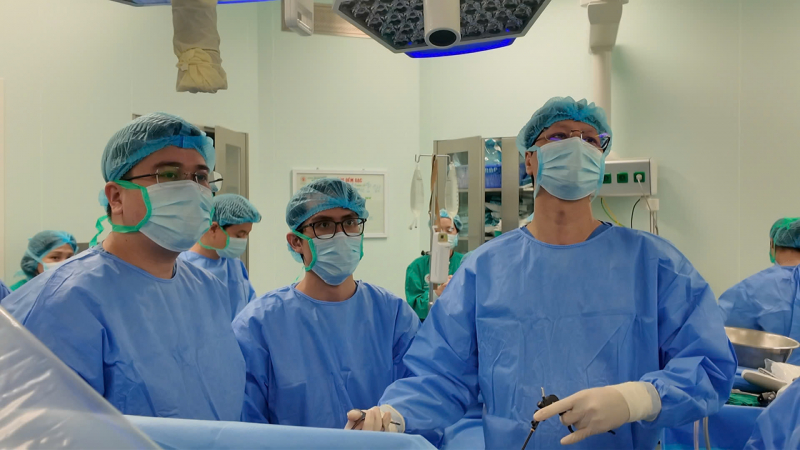
According to Associate Professor, Dr. Vu Van Quang, Deputy Head of the Department of Hepatobiliary-Pancreatic Surgery, 108 Military Central Hospital, the patient was diagnosed with primary sclerosing cholangitis - a chronic inflammatory disease that causes fibrosis and progressive narrowing of the biliary system inside and outside the liver, leading to cholestasis, recurrent biliary tract infections and eventually cirrhosis and liver failure. Liver transplantation is the only treatment that helps improve the patient's prognosis and quality of life.
When the doctor announced that the treatment plan was a liver transplant, Mr. C agreed to donate his liver to save his son. However, the father and son had incompatible blood types, making the transplant extremely complicated and difficult, a difficult problem that needed to be solved.
Up to now, 108 Military Central Hospital has performed 3 cases of incompatible blood type liver transplants, including 2 cases of children and 1 case of incompatible blood type liver transplant for adults. Incompatible blood type liver transplant in adults is much more difficult and complicated than in children.
In this case, before surgery, the patient was treated with Rituximab and plasma exchange to optimize the patient's condition. During surgery, the doctors protected the endothelium, washed the liver well, ensured graft perfusion, and performed precise biliary anastomosis techniques.

After surgery, patients are monitored for antibodies, strong anti-rejection drugs, infection control, and early detection of biliary/vascular complications.
The transplant took place over 7 hours with the participation of specialists. The father underwent laparoscopic surgery to remove the right liver graft. One week after the transplant, both father and son recovered well and liver function was stable.
The second incompatible blood type liver transplant in an adult in the country was successfully performed, not only changing the life of a patient, but also opening a new door for other patients waiting for liver transplants but without a donor of the same blood type. In the coming time, 108 Military Central Hospital will promote this technique.
Source: https://cand.com.vn/y-te/bo-khong-cung-nhom-mau-hien-gan-cuu-con-gai-20-tuoi-i789335/


![[Photo] Prime Minister Pham Minh Chinh chairs the 15th meeting of the Central Emulation and Reward Council](/_next/image?url=https%3A%2F%2Fvphoto.vietnam.vn%2Fthumb%2F1200x675%2Fvietnam%2Fresource%2FIMAGE%2F2025%2F11%2F27%2F1764245150205_dsc-1922-jpg.webp&w=3840&q=75)


![[Photo] President Luong Cuong attends the 50th Anniversary of Laos National Day](/_next/image?url=https%3A%2F%2Fvphoto.vietnam.vn%2Fthumb%2F1200x675%2Fvietnam%2Fresource%2FIMAGE%2F2025%2F11%2F27%2F1764225638930_ndo_br_1-jpg.webp&w=3840&q=75)

















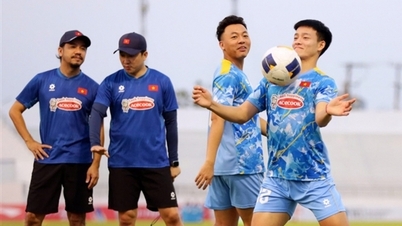
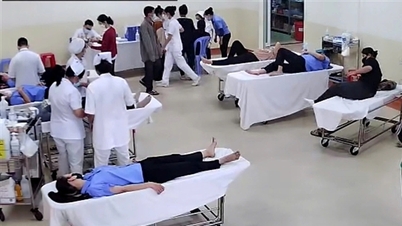





















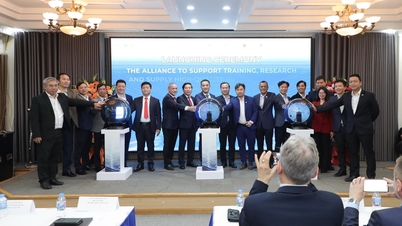



















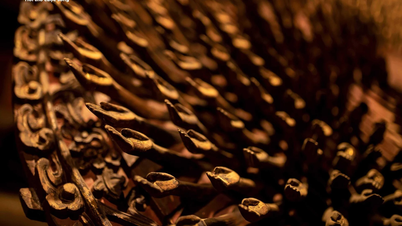







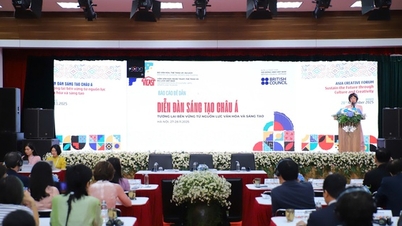
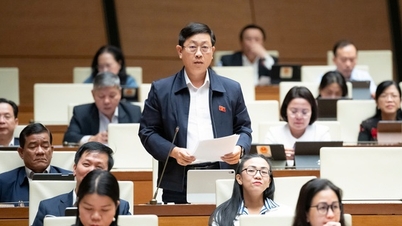

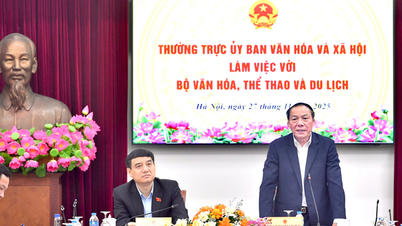

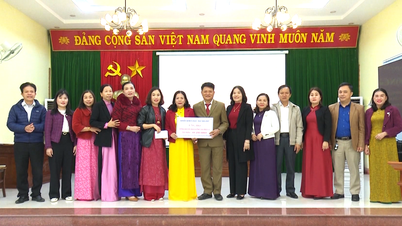





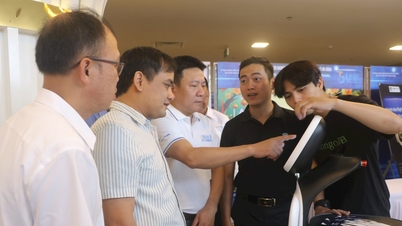














Comment (0)